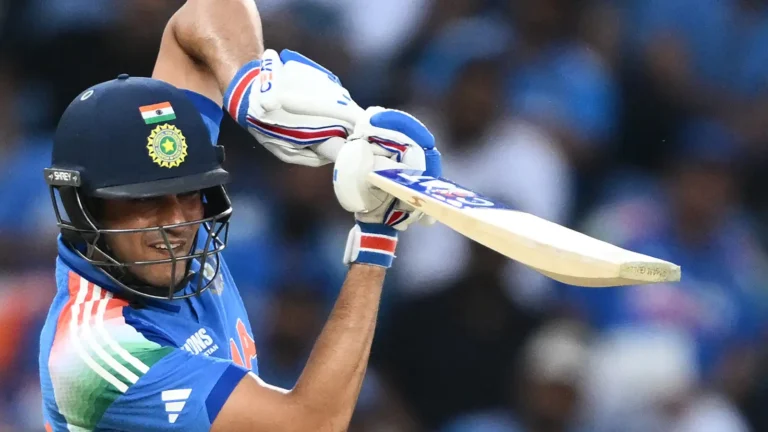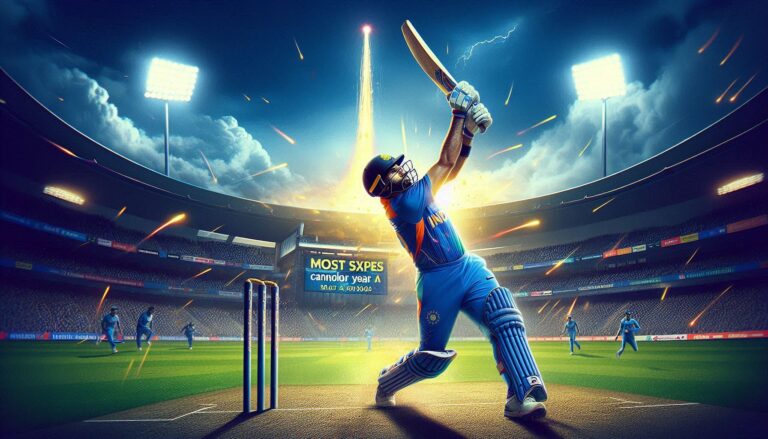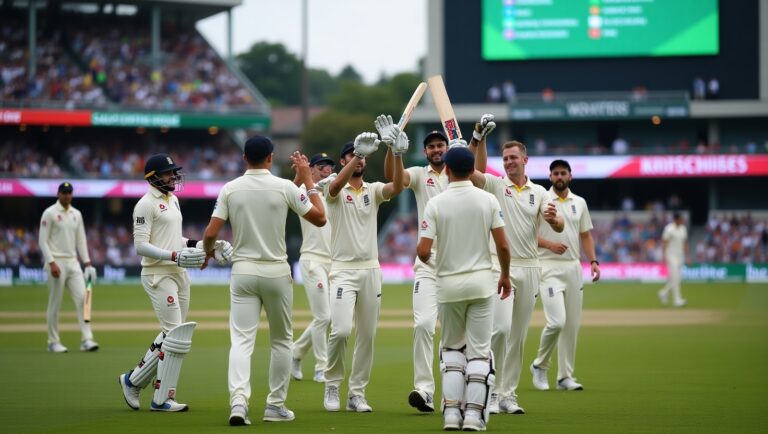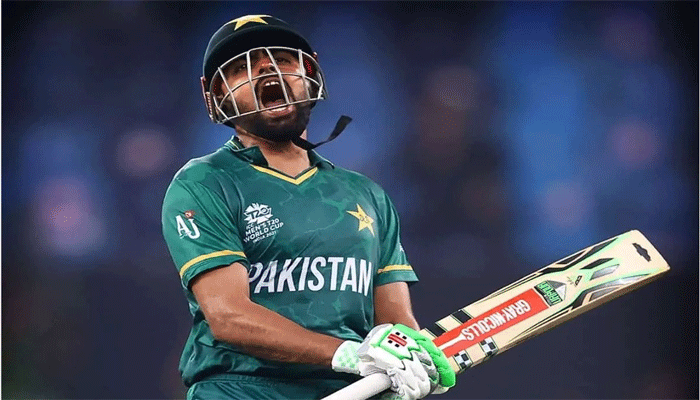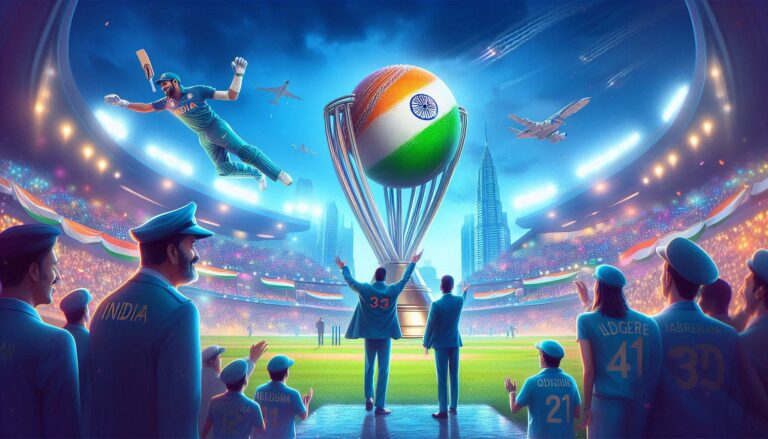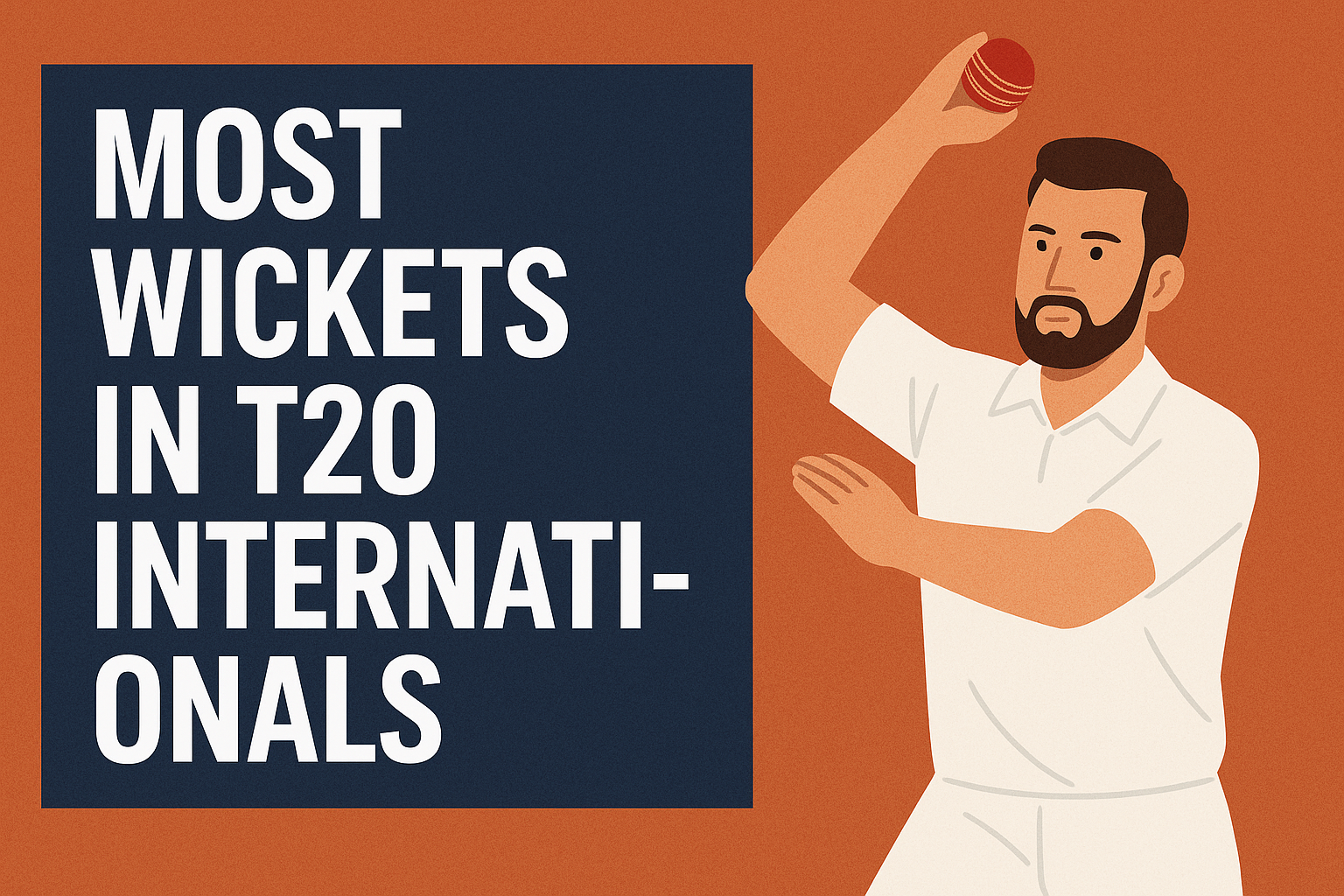
In the world of cricket, T20 Internationals have changed the dynamics of both batting and bowling. While the shortest format is often considered a batter’s game, bowlers have proven time and again that they can turn matches in a matter of deliveries. In fact, the most successful T20I bowlers are those who combine clever variations with the nerves of steel needed under pressure.
As the format has matured, a few names have stood out for their consistency, adaptability, and sheer wicket-taking ability. In this article, we dive into the top wicket-takers in T20 International history and explore what made them elite in a format where even the best can be punished.
🥇 Rashid Khan (Afghanistan)
Wickets: 140+
Debut: 2015
Rashid Khan’s rise has been nothing short of spectacular. From a teenage prodigy to the face of Afghan cricket, Rashid has bamboozled the best batters in the world with his sharp leg-breaks and unreadable googlies.
What sets Rashid apart is his economy rate, which often hovers around 6.5—exceptional in T20Is. He regularly delivers in the middle overs, choking runs and striking crucial blows, a rare feat for a spinner in this format.
🥈 Shakib Al Hasan (Bangladesh)
Wickets: 140+
Debut: 2006
One of the most complete all-rounders in modern cricket, Shakib Al Hasan has been a rock for Bangladesh in every format. In T20Is, his left-arm orthodox spin has been both economical and deadly.
Shakib relies more on accuracy and subtle variation rather than sheer turn. His ability to bowl in different phases of the game—especially during powerplays and death overs—makes him an invaluable asset.
🥉 Tim Southee (New Zealand)
Wickets: 140+
Debut: 2008
The only pacer consistently among the top T20I wicket-takers, Tim Southee has mastered the art of adapting his skillset to different conditions. Known for his early swing and sharp yorkers, Southee is often used in both the powerplay and at the death.
Southee’s longevity and match temperament make him a standout performer. His experience is vital in big matches, and his numbers prove that even in a format dominated by aggressive batting, pacers can still dominate.
🔥 Lasith Malinga (Sri Lanka)
Wickets: 107
Debut: 2006 – Retired 2020
A pioneer of T20 bowling, Lasith Malinga remains one of the most feared bowlers in cricket history. His lethal yorkers and deceptive slower balls were tailor-made for T20 cricket.
Though retired now, Malinga held the record for most T20I wickets for several years. He remains the only bowler to take four wickets in four balls in a T20I—a testament to his brilliance under pressure.
🇮🇳 Bhuvneshwar Kumar (India)
Wickets: 90+
Debut: 2012
Among India’s most successful T20 bowlers, Bhuvneshwar Kumar has earned his reputation through consistent swing and intelligent variations. He is especially dangerous in the first few overs when the ball moves both ways.
In recent years, Bhuvneshwar has added knuckleballs and off-cutters to his arsenal, allowing him to remain effective in death overs as well.
🌍 The Changing Role of Bowlers in T20Is
In a format that heavily favors batsmen, bowlers must be smarter, not just stronger. Today’s leading wicket-takers are successful because they:
- Use variations effectively (slower balls, cutters, yorkers)
- Understand match situations and adapt quickly
- Maintain high fitness levels for sustained performance
- Have the mental toughness to recover from setbacks instantly
While economy rates still matter, modern captains often prioritize bowlers who can take wickets at regular intervals, breaking partnerships and halting momentum.
👀 Emerging Names to Watch
- Wanindu Hasaranga (Sri Lanka)
- Adil Rashid (England)
- Arshdeep Singh (India)
- Haris Rauf (Pakistan)
These young bowlers are climbing the ranks quickly and could soon challenge the long-time leaders of T20I bowling charts.
🏁 Conclusion
The race for the most wickets in T20 Internationals is not just about numbers. It’s a reflection of how bowlers have innovated to stay relevant and competitive in an aggressive format. Players like Rashid Khan, Shakib Al Hasan, and Tim Southee have become symbols of resilience, skill, and precision.
As T20 cricket continues to grow globally, so will the legends who make things happen with the ball. Keep an eye on the records, because the next breakthrough performance could be just one match away.

